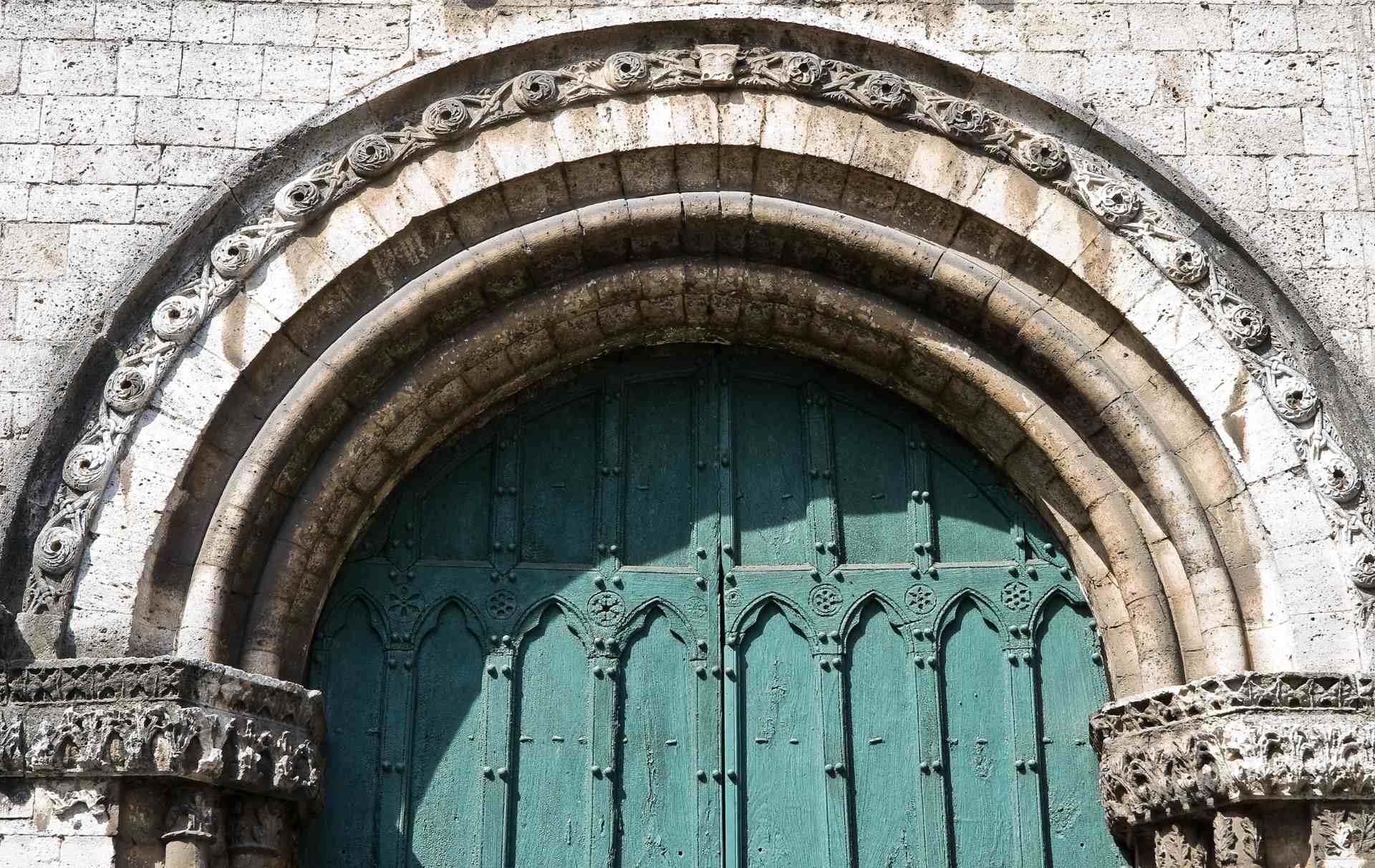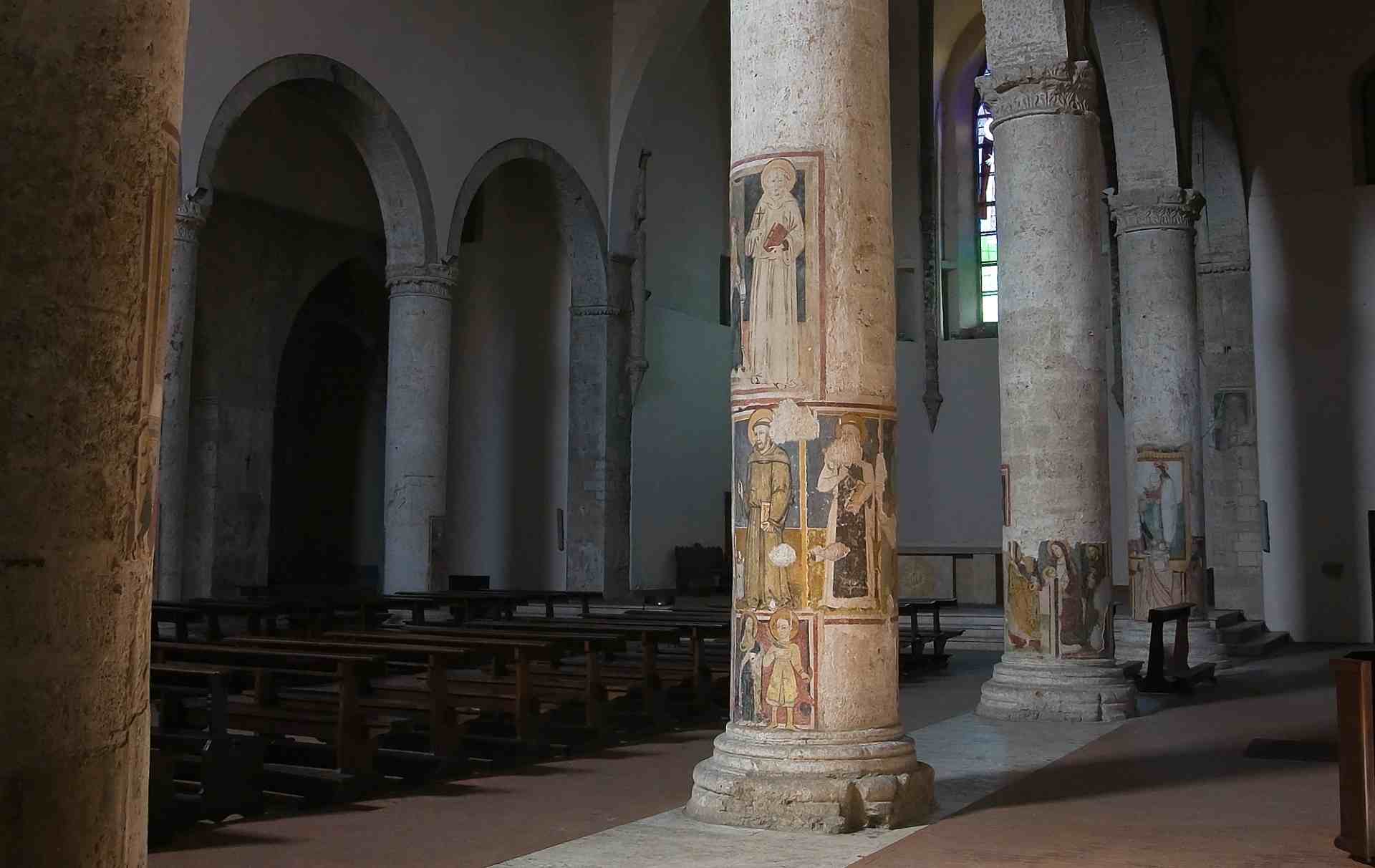Arriving from the close via del Campanile or directly from Piazza dei Priori, you can only be kidnapped by the late Romanesque features of the Church of San Francesco of Narni located in one of the highest points of the city.
The Church of San Francesco in Narni.
In 1213 the bishop Ugolino called in Narni Saint Francis of Assisi who stayed in the Hermitage of Sant’Urbano for different days.
During this period he made different miracles: healed a paralytic, practiced an exorcism freeing a woman from the devil and restored the sight to a blind woman. For this fact, after his death in 1226, the citizens of Narni in sign of devotion and gratitude decided to build a church in his name in the heart of the town.
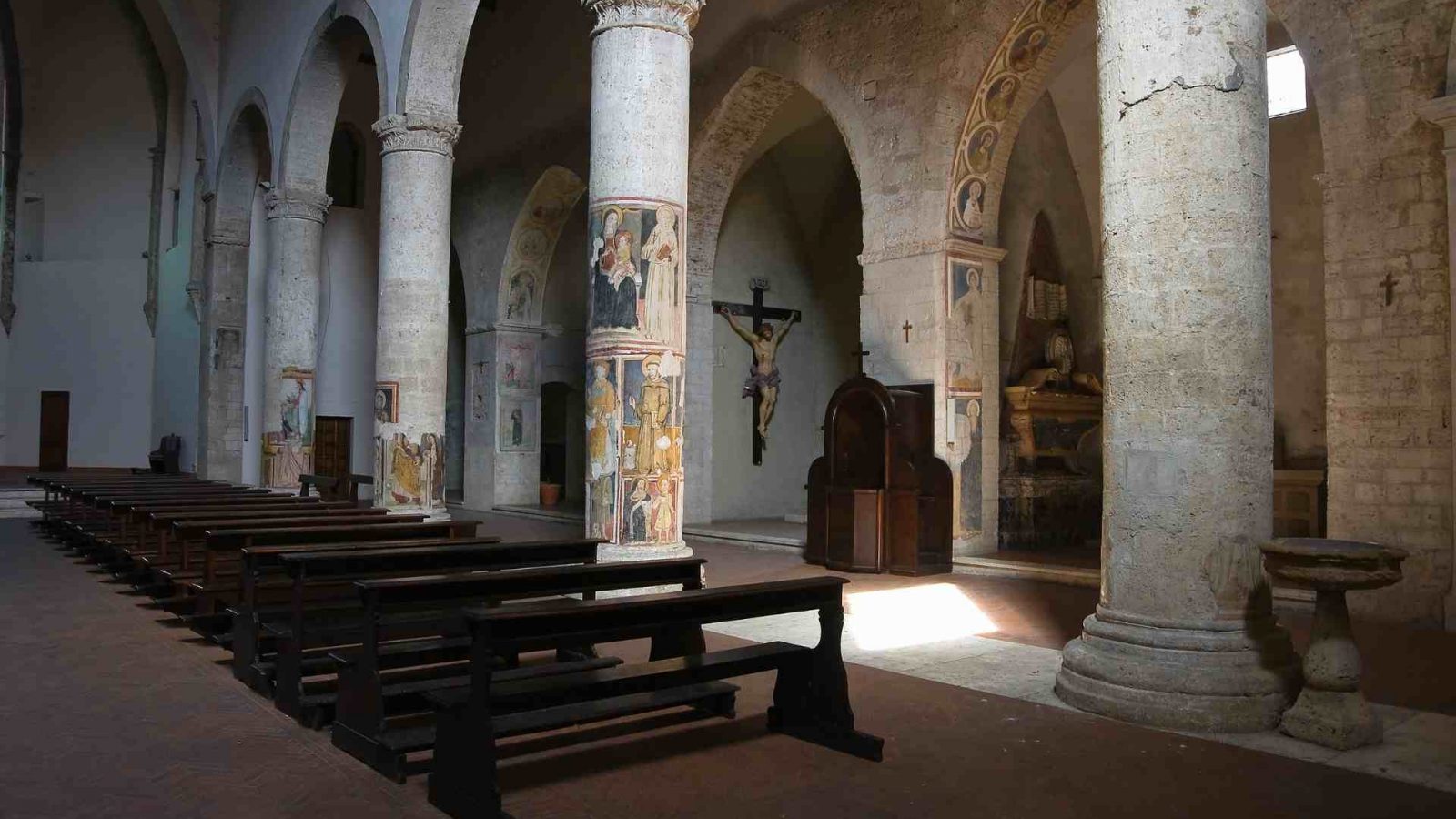
The insides of the church, the chapels and the frescos.
The church is a big building in late roman style of the XIII-XIV century, close to the churches of Abruzzo or from Lazio compared to the typical churches in Umbria.
The facade has a door from the XIV century in concetric arches and on the front the rose window was tampered with in the seventeenth and replaced by a window.
The inside has three aisles separated by cylindrical pillars surmounted by sculpted capitals on which round arches rest.
The median aisle is covered by a carport roof and its ending with a big polygonal apse, with a basin punctuated inside by ribs that do not reach the floor but stop on the wall, ending in an inverted cone according to a procedure more common to Cistercian architecture than Franciscan.
At the sides of the aisles are present five chapels each side, which multiply the space inside of the church.
The polygonal apse is covered with a Gothic sail vault that recalls that of the cathedral.
At the end of the building there is a large three-hour window with a stained glass window divided into two parts: the upper one depicts St. Francis with the Franciscan protomartyrs, the lower one depicts Lo Speco di Narni, St. Juvenal and Piazza dei Priori.
The church is rich with frescos from the XIV, XV and XVI century, placed both in the pillars and in the chapels, whose characteristics are typical of the painting tradition of Narni.
Interesting is the sacristy painted by Alessandro Torresani with scenes representing the Annunciation, the Adoration of the Magi, the Wedding at Cana and the Redeemer.
The Eroli Chapel
The Eroli Chapel , in the past known as Chapel of San Bernardino because was made by the confraternity devoted to the Saint, it’s the first at the right just walked through the front door.
Took the name from the homonymous family of Narni which lived until the half of the ‘80 of the XX century, inside the palace close by, today headquarter of the Civic Museum and Library, whose member and Cardinale Berardo Eroli made it possible the decoration.
Painted probably after the 1461 from the painter Pier Antonio Mazzastris from Foligno (1430-1506), as is known from the signature analyzed by Umberto Gnoli in 1923, placed in a step of the fresco concerning the Dream of Innocenzo III, was reopen for worship in 1868 by Pietro and Silcio Eroli , and now is one of the major interest historical-artistic place of the town of Narni.
The frescos with the episodes of San Francesco and San Bernardino
For the episodes of the Life of the Saint of Assisi, the author took the inspiration from the works of Benozzo Gozzoli (1420-1497) in the Church of San Francesco in Montefalco while for those where San Bernardino is the protagonist , as the meeting with Eugenio IV and the Miracle of the woman healed, took inspiration from Iacopo Vincioli from Spoleto.
Significant is the influence of Giovanni from Fiesole, the “Beato Angelico”, and especially of Gozzoli who to the classy language of the former prefers realistic accents, with a perspective supported by the draw of edges. These are characteristics visible in the frescos of Mezzastris of Narni.
Evident , in the decorated scenes, is the message of peace and the attempt to reconcile the visions of different orders: in particolar the fresco of the meeting between San Francesco and San Domenico, between Franciscans and Domenican that , in the period of Berardo Eroli were confronted in some religious matters; or the meeting between San Bernardino and Celeste V, the invitation to the Franciscans to settle some issues within the Order itself.
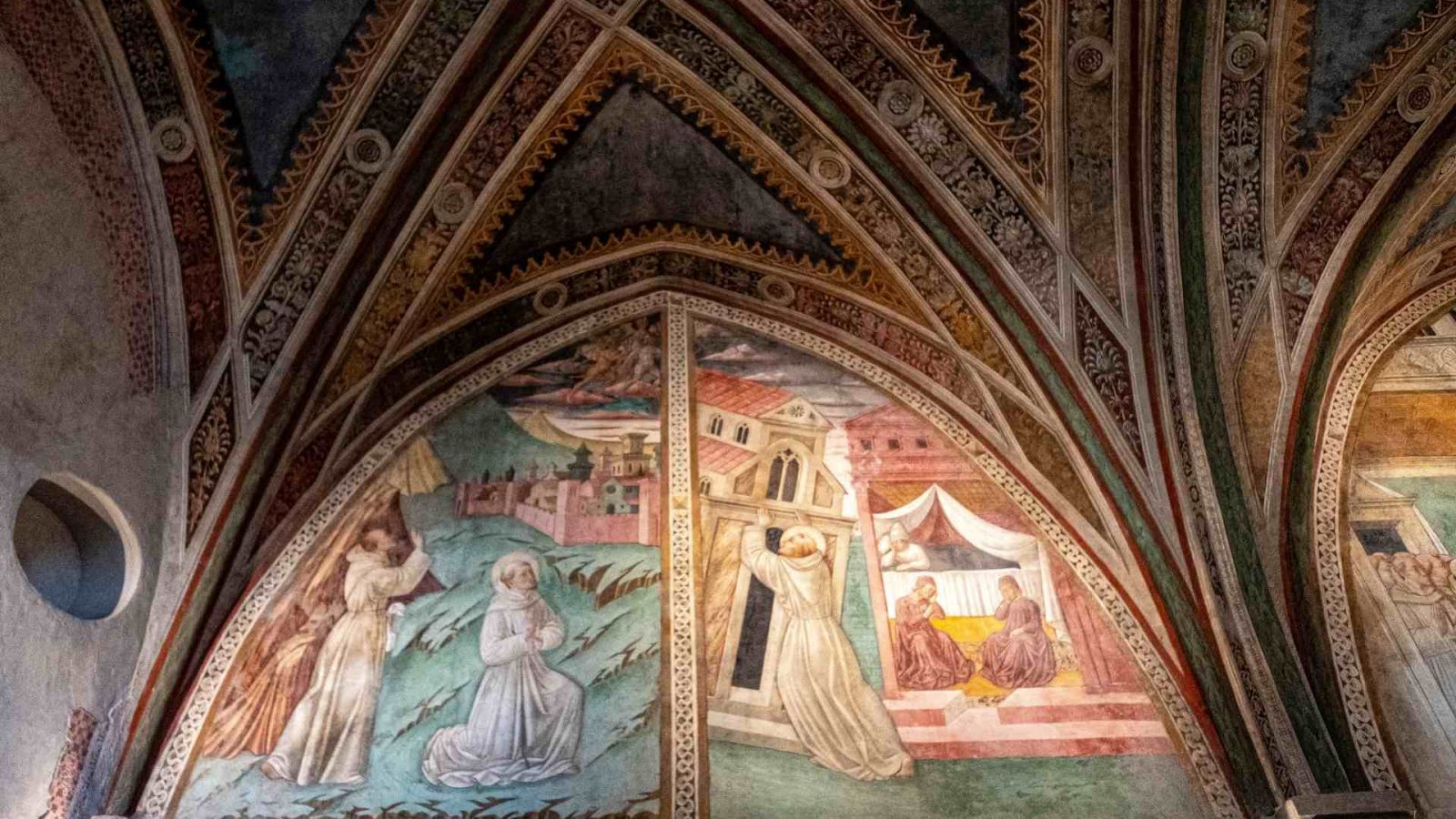
The blessing of the Fraporta knights during the Corsa all’Anello.
During the Corsa all’Anello in May and the “Rivincita” in September, the Church of San Francesco become the headquarters of the Benediction of the Knights of the Terziere of Fraporta.
The appointment, which takes place a few days before the joust at the Campo de li Giochi, involves the knights who, blessed by the parish priest, together with the nobles, the court and the musicians, go to the Cathedral to bring a rose to the Patron Giovenale to whom the days of the festival are dedicated.
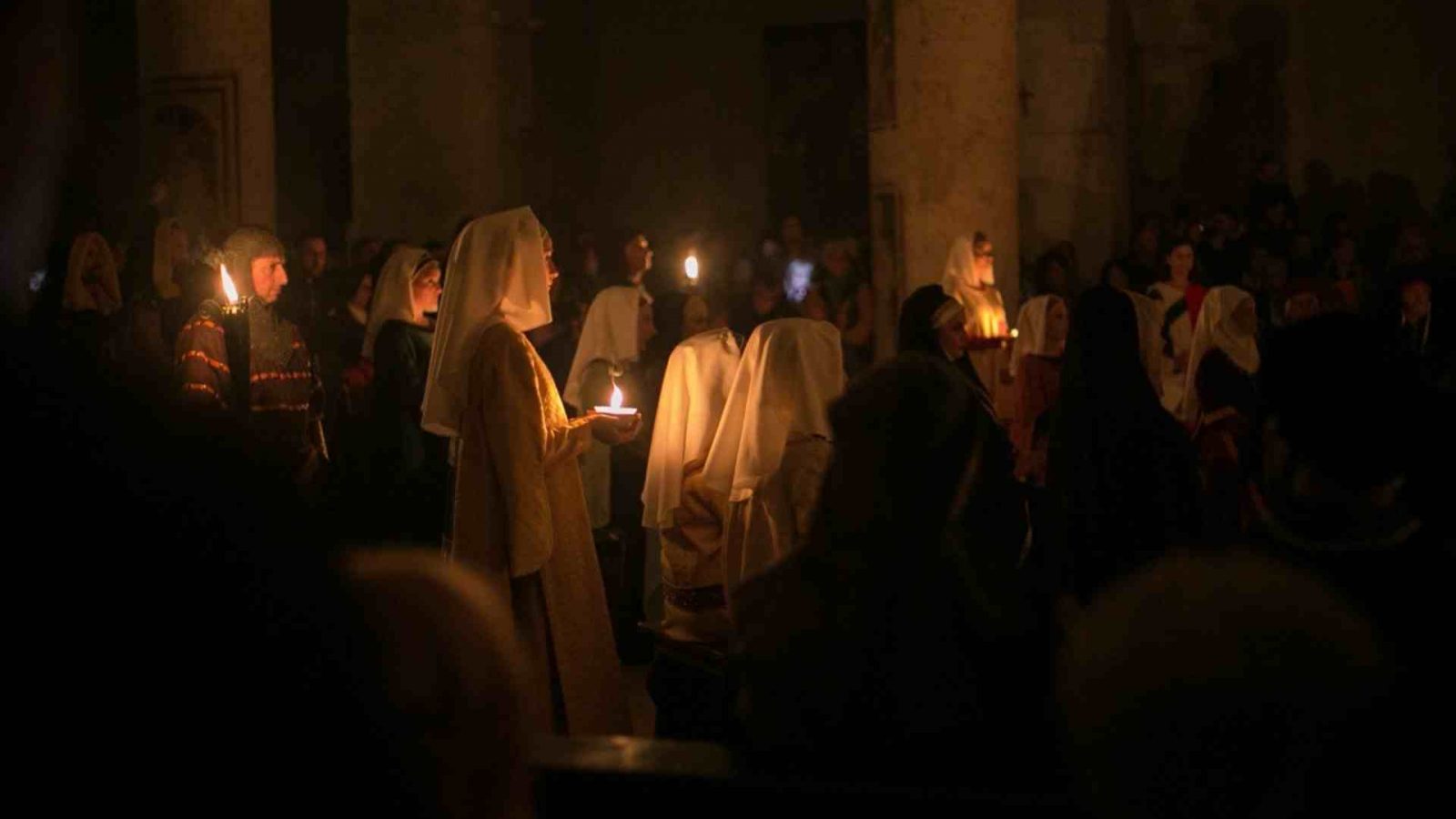
Church of San Francesco
Via Aurelio Saffi, 24, 05035 Narni TR
The church is open every day. The Eroli Chapel and the San Giuseppe Chapel are open to visitors only on Saturdays , Sundays and holidays.
It is suggested to park the car into the Suffragio Parking and go up with the elevator until Via Garibaldi.
Discover Narni.
Continue to walk with us discovering what to see inside the walls of Narni.
Or discover the points of interest of Narni and of its territory:
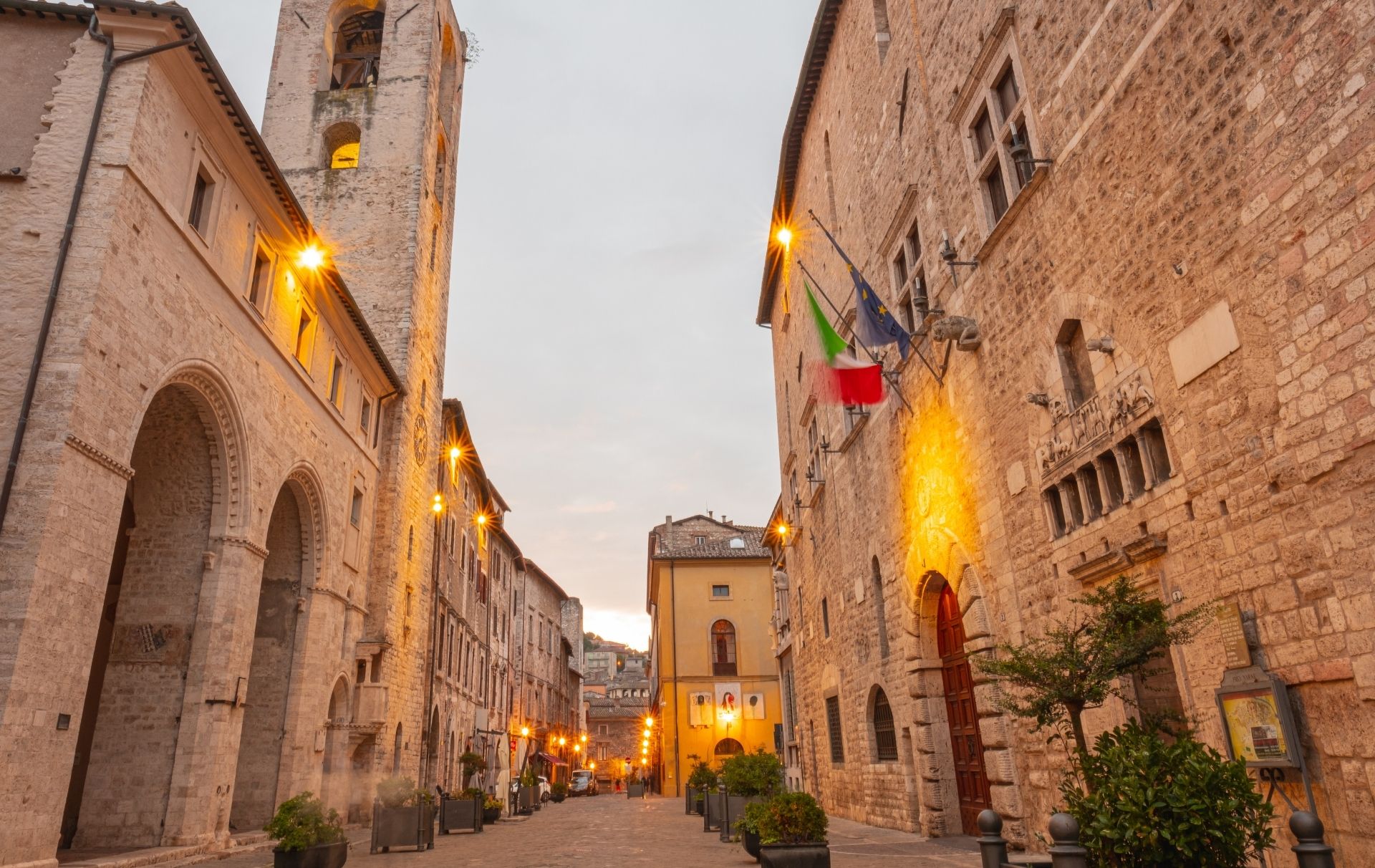
Piazza dei Priori
One of the most beautiful squares in Umbria, Piazza dei Priori – in the past Platea Major – is in the highest part of Narni
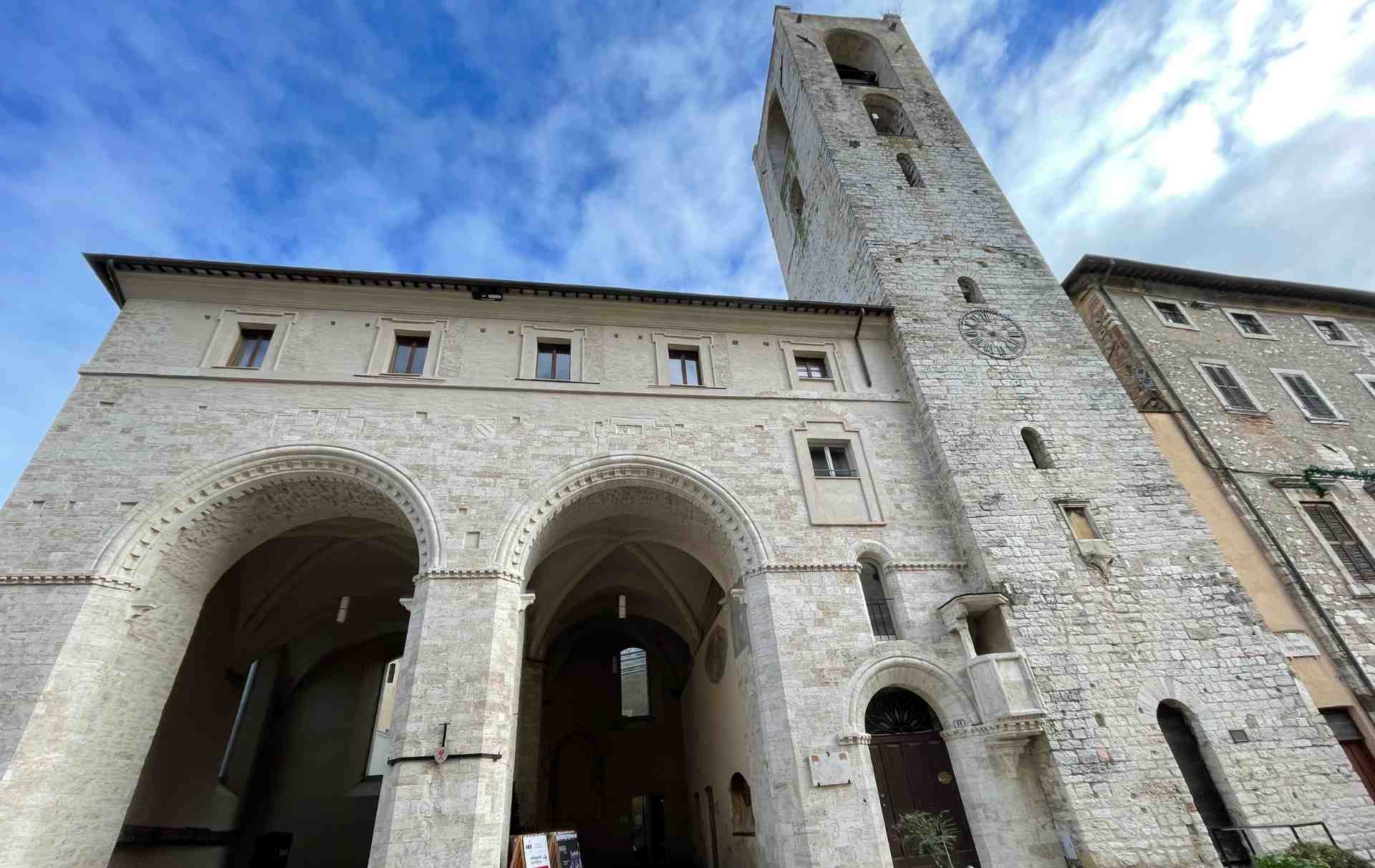
Priori Palace
For the particular architecture and the elements which compound it, the Priori Palace of Narni is one of the most beautiful monuments of Umbria. The
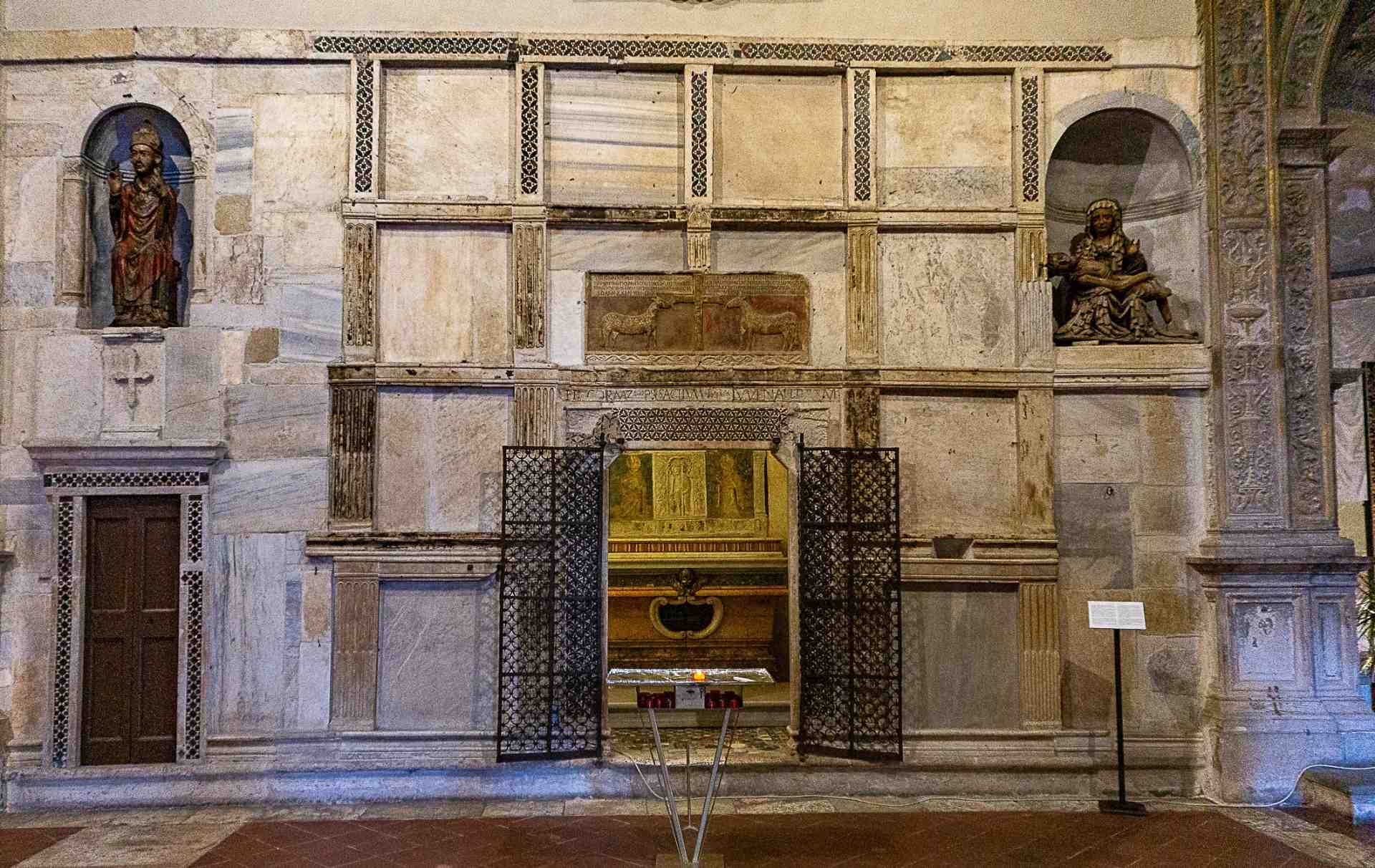
The right aisle, the fourth aisle and the Sacello of San Giovenale
One of the particularities of the Cathedral of Narni is the presence of two aisles instead of one. The right aisle continues with that birthed

